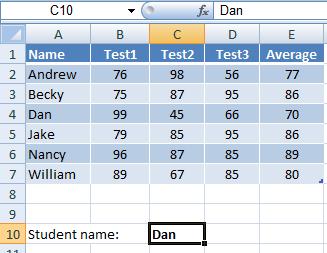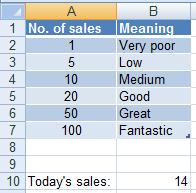PPF is a long-term, government-backed small savings scheme of the Central government started with the objective of providing old age income security to the workers in the unorganised sector and self-employed individuals.
What is the interest rate offered through PPF?
Currently, the interest rate offered through PPF is around 8 per cent, which is compounded annually. Interest is calculated on the lowest balance between the fifth day and last day of the calendar month and is credited to the account on March 31 every year. So to derive the maximum, the deposits should be made between 1st and 5th day of the month.
What is duration of the investment?
People who are interested in liquidity or small-term gains would not be very keen about PPF because the duration for the investment is 15 years.
However, the effective period works out to 16 years i.e., the year of opening the account and adding 15 years to it. The contribution made in the 16th financial year will not earn any interest but one can take advantage of the tax rebate.
The account holder has an option to extend the PPF account for any period in a block of five years after the minimum duration elapses. The account holder can retain the account after maturity for any period without making any further deposits.
The balance in the account will continue to earn interest at normal rate as admissible on PPF account till the account is closed.
What is the minimum and maximum amount of deposit?
The minimum deposit that you can make into a PPF account in a year is Rs 500. The maximum is Rs 70,000.
Who can open a PPF account and where?
A PPF account can be opened by an individual (salaried or non-salaried) on his own behalf or on behalf of a minor of whom he is the guardian or on behalf of a Hindu Undivided Family (HUF) of which he is a member or on behalf of an association of persons or a body of individuals. An individual can open only one account for himself.
A PPF account can be opened with a minimum deposit of Rs 100 at any branch of the State Bank of India or branches of its associated banks like the State Bank of Mysore or Hyderabad. The account can also be opened at the branches of a few nationalized banks, like the Bank of India, Central Bank of India and Bank of Baroda , and at any head post office or general post office.
What are the tax benefits from PPF?
The amount you invest is eligible for deduction under the Rs 100,000 limit of Section 80C. On maturity, the entire amount including the interest is non-taxable.
Is it possible to withdraw the amount deposited at any time during the tenure?
Yes. You can take a loan on the PPF from the third year of opening your account to the sixth year. So, if the account is opened during the financial year 2009-10, the first loan can be taken during financial year 2011-12 (the financial year is from April 1 to March 31).
The loan amount will be up to a maximum of 25 per cent of the balance in your account at the end of the first financial year. You can make withdrawals during any one year from the sixth year.
You are allowed to withdraw 50 per cent of the balance at the end of the fourth year, preceding the year in which the amount is withdrawn or the end of the preceding year whichever is lower. For e.g., if the account was opened in 2000-01, and the first withdrawal was made during 2006-07, the amount you can withdraw is limited to 50 per cent of the balance as on March 31, 2003, or March 31, 2006, whichever is lower.
What are the differences and similarities between the National Savings Certificate (NSC) and PPF?
National Savings Certificate (NSC) | Public Provident Fund (PPF) |
| Interest Paid: 8%, compounded half-yearly | Interest Paid: 8%, compounded annually |
| No monthly/yearly payments | No monthly/yearly payments |
| Minimum investment: Rs 100 Maximum investment: No Limit | Minimum investment: Rs 500 (required annually) Maximum investment: Rs 70,000 |
| Duration of investment: 6 years | Duration of investment: 15 years |
| Can be used as a security for mortgage and other purposes | Cannot be used for such purposes |
| Tax benefit under Section 80 'C' available. Maximum limit: Rs 100,000 | Tax benefit under Section 80 'C' available. Maximum limit: Rs 70,000 (limit of the investment in PPF) |
| Good medium-term investment option | Good long-term investment option |


